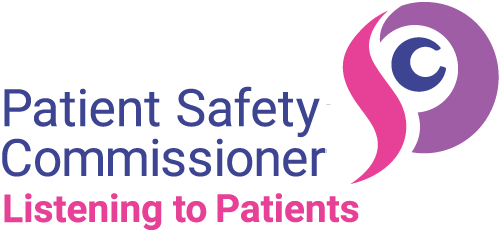
Primum non nocere (first do no harm) has been a guiding principle of medicine since the days of Hippocrates. Medication errors have been recognised by the World Health Organisation as the commonest cause of preventable harm so it is essential that all steps are taken to reduce their incidence.
However, in my thirty plus years of clinical work as an anaesthetist, the only safety innovation that is routinely available to reduce medication errors has been the introduction of an international standard for user-applied drug labels. This ensures that all hospitals use the same colour scheme for different classes of anaesthetic drugs such as analgesics, hypnotics, or muscle relaxants. But the risk remains that the labelled syringe may contain the wrong drug or wrong concentration due to human error or tampering. This is particularly important for anaesthetic drugs which can have life threatening consequences if incorrectly administered before, during or after anaesthesia. In addition, anaesthesia can be complicated by unanticipated emergencies such as laryngospasm, difficult ventilation, cardiovascular collapse, or severe bradycardia require rapid administration of intravenous drugs. Whilst it is possible to draw up every possible emergency drug to prepare for all eventualities at the beginning of each operating list, this would be wasteful as such situations are relatively rare.
Pre-filled syringes have been shown to significantly reduce the risk of medication error. They are presented in a clinically appropriate doses and concentration and do not require further dilution before administration. The syringes have tamper-proof packaging that is easily unwrapped at the point of use, preventing wastage of emergency drugs. The font size on the syringes is larger than that printed on glass ampoules, making it far easier to read, which is particularly important for presbyopic healthcare providers. The problem is that pre-filled syringes are only available some of the time in some of the hospitals. As a result, we have seen backwards progress in safety standards, with pre-filled syringes being introduced and then withdrawn due to supply chain or budgetary constraints. This began with propofol for total intravenous anaesthesia, which was initially presented in pre-filled syringes which were then replaced by cheaper generic drug vials. It has continued more recently with other drugs such as pre-filled syringes of ephedrine and metaraminol which have been introduced and then withdrawn in many hospitals.
The one thing I would therefore like to see to improve patient safety in anaesthesia is that pre-filled syringes of essential anaesthetic drugs are available in every NHS hospital, all of the time.
Dr Philip Barclay is Clinical Director of Anaesthetics at Chelsea and Westminster Hospital NHS Foundation Trust and chair of the Safety Committee, Association of Anaesthetists

